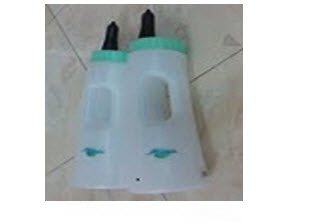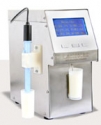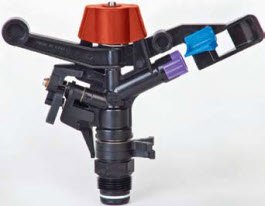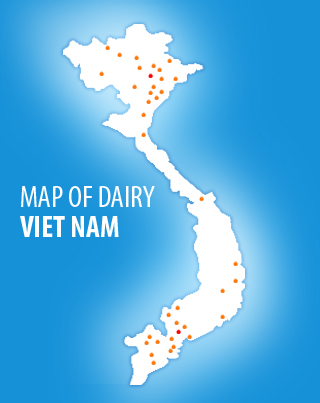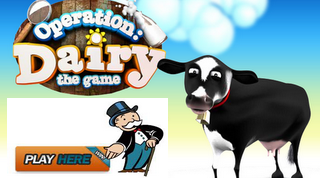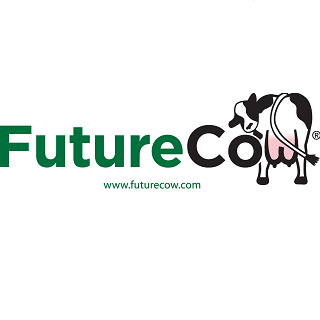News
CME: COF Primary Report Stats Mostly In-line with Pre-report Estimates
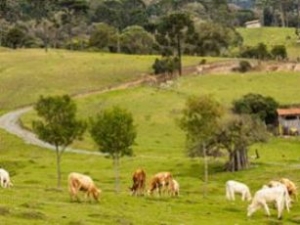

At 4.8 percent above a year ago, the number of animals placed into feedlots during March was toward the high end of the range of analyst pre-report estimates. Nationally, head placed above 2018’s was expected because muddy conditions were no longer delaying animal flows into lots.
Three other factors also were at play: 1) cattle feeders had been making some money on closeouts and seeking feeder cattle; 2) the 2018 calf crop was larger than 2017’s; and 3) it likely that more heifers were placed than a year ago.
The on-feed inventory (surveyed lots are those with 1,000 head or more capacity) was 2.0 percent above a year ago (up 235,000 head). At 11.96 million head, that was the largest 1 April count since the current format of this monthly report began in 1996. The prior high was set in April 2006 at 11.81 million animals.

Head marketed during March was expected to be below a year ago due to one less slaughter day than in 2018. On a daily average basis, marketings were up by 1.2 percent year-over-year.
Quarterly, NASS surveys feedlots regarding the number of steers versus heifers on feed. Last week’s report contained the results. As of 1 April, at 7.45 million head, the number of steers on-feed was below a year ago (down 185,000 head or by 2.5 percent.
In contrast, the number of heifers in feedlots (4.51 million animals) was above a year earlier (rising by 318,000 head or up by 7.6 percent).
It is important to note that steers enter feedlots as either calves or yearlings. But heifers have a much larger window. Besides entering as a calf or a yearling, those animals also enter feedlots after being redirected from breeding programs.
Heifers are often grown to breeding weight but not bred, or they go on-feed if unsuccessfully bred, or if they do not complete pregnancy. Finally, there are heiferettes, which are animals that have had one calf, but were culled because of reproductive problems.
Heiferettes are not considered cows by cattle feeders or by USDA grading standards. So, to have a year-over-year increase in heifers on-feed but not steers is biologically likely. In fact, as shown in the following graphic, the proportion of heifers on-feed has returned to levels of 2009 through 2012.

The full Cattle on Feed publication is available here.
Below is a weekly summary of production and cash prices compiled from USDA-AMS (Market News) reports. Note that the data are preliminary. We draw readers attention to the week-over-week increase in the Live Fed Steer Price (5-market average) of 1.7 percent and the year-over-year increase of 5.5 percent. Hog prices also increased for the week and were up more than 30 percent year-over-year.





